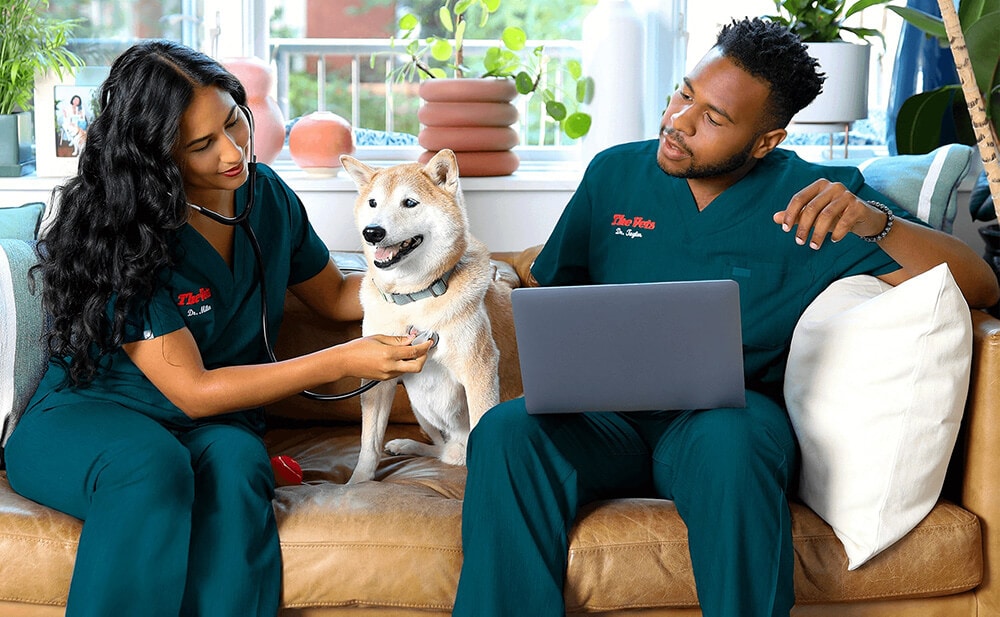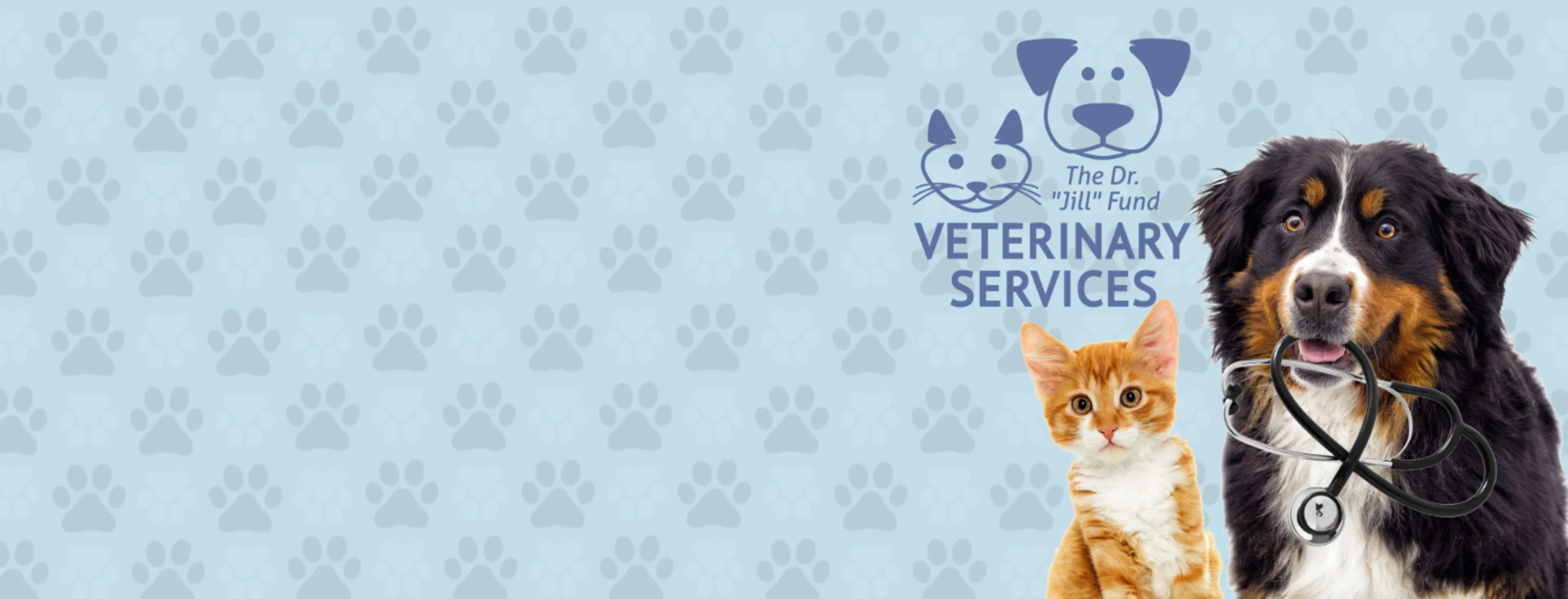What Does a veterinary cardiologist near me Do and When Should You See One?
Everything About Veterinarian Surgical Procedure: Understanding the Significance of Professional Care for Your Pets
Veterinary surgical treatment is a crucial part of pet dog healthcare. It encompasses different treatments, from routine elective surgical treatments to immediate interventions. Recognizing the complexities of these surgeries can aid family pet proprietors make informed choices. The preparation, execution, and recovery stages are vital for ensuring the wellness of pets. With appropriate knowledge, owners can navigate the intricacies of vet care. What elements should be thought about prior to a family pet undergoes surgical treatment?
Sorts Of Veterinarian Surgeries
When a pet dog calls for medical intervention, comprehending the different kinds of vet surgical procedures can help pet proprietors make informed choices. Veterinary surgeries can be extensively categorized into 3 primary kinds: optional, immediate, and emergency surgical treatments. Optional surgical treatments, such as spaying or neutering, are planned procedures that are not quickly dangerous. Urgent surgical procedures, like those for foreign body removal, must be performed quickly however are not dangerous in the moment. Emergency surgical procedures, such as those resolving severe injury or interior bleeding, are critical and require prompt attention.Additionally, surgeries can vary in intricacy, ranging from minimally intrusive laparoscopic procedures to a lot more substantial open surgeries. Each type of surgical treatment carries its very own dangers and recuperation processes. Comprehending these classifications allows pet dog proprietors to involve in purposeful discussions with vets, resulting in much better results for their precious family pets.
Getting ready for Your Family pet's Surgical treatment
Planning for a pet's surgical treatment entails a thorough checklist to ensure all basics are covered. Reliable interaction with the vet is important for understanding the procedure and any needed pre-operative actions - animal emergency care bellingham. Additionally, having clear post-operative care instructions will assist owners supply the best assistance for their recuperating family pets
Pre-Surgery Checklist Basics
Assuring a smooth medical experience for a pet requires careful prep work and attention to information. A pre-surgery list is crucial for animal proprietors to adhere to. First, validating the scheduled surgery day and time is vital. Owners must likewise validate that their pet has actually not eaten according to the vet's directions, normally for 8-12 hours before surgical procedure. Collecting essential clinical records, consisting of vaccination history, is essential for the veterinarian's evaluation. It is likewise a good idea to prepare a comfy space at home for the family pet's recuperation after surgery. Ultimately, owners need to have a prepare for transport to and from the veterinary facility, making certain that the pet dog is secure and comfy throughout the trip. Adhering to these steps can greatly boost the medical experience.
Communicating With Your Vet

Efficient communication with the veterinarian is necessary for an effective medical experience for animals. Owners need to be prepared to discuss their family pet's clinical background, including any pre-existing problems, medications, and allergic reactions. This information helps the vet evaluate dangers and tailor the surgical plan appropriately. In addition, pet dog owners should ask questions regarding the treatment, anesthesia, and anticipated outcomes to guarantee they fully comprehend the process. Clearing up any type of questions can relieve stress and anxiety for both the animal and the owner. It is likewise important to connect any behavior modifications or issues observed in the pet leading up to the surgery. Ultimately, clear dialogue fosters count on and cooperation, ensuring that pets obtain the very best feasible treatment throughout their medical journey.
Post-Operative Treatment Instructions
After reviewing the procedure with the veterinarian, pet dog owners should concentrate on post-operative treatment instructions to help with a smooth recuperation for their pets. These directions normally include monitoring the surgical website for indicators of infection, such as inflammation or discharge. Animals might require to be kept calm and constrained to stop excessive movement that might disrupt recovery. Discomfort monitoring is important, so owners should comply with the veterinarian's advice on administering medications. In addition, dietary constraints might be advised to stay clear of intestinal upset. Routine follow-up appointments are very important to ensure correct recovery and address any kind of worries. By adhering to these post-operative treatment directions, pet owners can significantly add to their family pet's recuperation and total well-being.
The Surgical Process Explained
The surgery for pet dogs includes vital steps that ensure their security and recovery. Pre-surgery preparations are vital for decreasing dangers, while post-operative treatment guidelines play an essential duty in promoting recovery. Comprehending these parts assists pet proprietors browse the surgical experience more properly.
Pre-Surgery Preparations
Prior to a pet undertakes surgical treatment, a number of important prep work should take location to guarantee a risk-free and effective procedure. A detailed veterinary examination is necessary to analyze the pet dog's total health and identify any kind of possible dangers. This may consist of blood tests, imaging, or other diagnostics. The vet will likewise discuss anesthesia choices tailored to the animal's details demands. Furthermore, pet dog owners are typically instructed to hold back food and water for a specified time before surgical procedure to minimize the threat of problems during anesthesia. It is essential for proprietors to supply a complete clinical history, including any type of drugs or allergic reactions, making sure the medical group has all required info. Appropriate interaction and adherence to pre-surgery standards can substantially improve the outcome of the procedure.
Post-Operative Treatment Standards
Proper post-operative treatment is necessary for ensuring a pet dog's recuperation following surgical treatment. After the procedure, animals need to be checked carefully for any type of indications of difficulties, such as extreme bleeding, swelling, or uncommon habits. It is necessary to comply with the vet's guidelines regarding medicines, including painkiller and antibiotics. Pet dogs should be maintained in a quiet, comfortable environment to lower stress and promote healing. Restricting activity is vital; short, leashed strolls may be required, however leaping or running need to be avoided. Routine follow-up visits must be arranged to examine the recovery procedure. Additionally, the surgical site must be kept clean and dry, with any indications of infection reported to a vet immediately. Complying with these standards boosts recuperation results.
Anesthetic and Discomfort Administration
Efficient anesthesia and pain administration are essential parts of vet surgical treatment, ensuring that pets remain comfy and safe throughout the procedure. Veterinarians assess each family pet's private demands, taking into account variables such as age, weight, health and wellness status, and the sort of surgical treatment being performed.Anesthesia methods typically consist of a combination of pre-anesthetic medications, induction representatives, and inhalant anesthetics, permitting specific control over the animal's degree of consciousness. Monitoring during surgery is crucial; veterinarians continuously observe essential indicators to attend to any kind of possible complications promptly.Pain management techniques might entail opioids, non-steroidal anti-inflammatory medicines (NSAIDs), and neighborhood anesthetics, tailored to the pet dog's specific scenario. This diverse technique assists minimize pain and promotes a smoother medical experience. By prioritizing efficient anesthetic and discomfort monitoring, vet experts boost the general well-being of animals undertaking surgical procedures, ensuring they get the highest possible standard click here of treatment.
Post-Operative Treatment and Recovery
Complying with surgery, the focus shifts to post-operative care and recovery, which is necessary for guaranteeing an animal's safe go back to typical tasks. During this duration, family pets need a peaceful, comfy environment to help healing. Proprietors need to carefully monitor their family pets for any type of indicators of discomfort or uncommon behavior.Veterinary standards commonly include certain directions connected to medication management, injury care, and dietary changes. It is important to abide by these recommendations to decrease difficulties and promote recovery. Pet dogs might require to be limited from strenuous activities, such as running or jumping, throughout their healing period (tplo surgery for dogs).Regular follow-up appointments with the vet permit tracking of the animal's progression and prompt changes to the care strategy. Offering psychological support and friendship can additionally enhance a pet dog's recovery experience, aiding to relieve stress and anxiety and anxiousness. Generally, diligent post-operative treatment plays a substantial function in attaining an effective healing
Identifying Complications After Surgical Treatment
How can family pet proprietors recognize difficulties after surgical treatment? Recognition of specific indications is crucial for ensuring the health of animals during healing. Typical signs include excessive swelling, soreness, or discharge at the surgical site, which might symbolize infection. Furthermore, persistent discomfort, shown by whining or reluctance to move, should trigger immediate interest. Changes in cravings or water consumption can also indicate issues; a decrease in these behaviors may signify pain or distress.Moreover, pet dog proprietors need to check their pet dogs for any type of unusual behavior, such as lethargy or problem breathing, as these can be signs of major concerns. Throwing up or looseness of the bowels following surgical treatment may call for urgent veterinary analysis. Acknowledging these complications early can considerably impact a pet's healing procedure, stressing the relevance of alertness and prompt interaction with a veterinarian for any concerning signs.
The Role of Veterinary Specialists in Surgical Care
Vet specialists play a crucial duty in ensuring the safety and security and success of surgical procedures for animals, especially adhering to surgical procedure when monitoring and treatment are extremely important. These professionals include veterinarians, vet professionals, and support personnel, all of whom add specialized abilities to the surgical process.Before surgical procedure, vets carry out complete examinations to assess the family pet's wellness, ensuring that any type of hidden problems are handled. Throughout the procedure, the medical team offers anesthesia, preserves sterile atmospheres, and monitors key indicators, very important for decreasing risks.Post-operative care is equally considerable; vet specialists observe for issues, handle pain, and overview owners on recovery practices. Their know-how allows them to recognize early indicators of distress or infection, making sure prompt intervention. Inevitably, the joint efforts of vet experts in medical treatment promote a safe environment, promoting the wellness of animals throughout the surgical trip.

Often Asked Concerns
Just how Do I Choose the Right Veterinary Cosmetic Surgeon for My Pet dog?
Picking the appropriate vet cosmetic surgeon entails investigating qualifications, reviewing evaluations, and reviewing the center's environment. It is important to review the surgeon's experience with details procedures and their communication style when making a decision.
What Are Common Misconceptions Regarding Veterinarian Surgeries?
Typical misconceptions regarding veterinarian surgical treatments include ideas that they are always risky, unneeded, or just for emergency situations. Many animal owners underestimate the advantages of preventive treatments and the skill associated with veterinary medical treatment.
Just How Much Will My Animal's Surgical procedure Price?
The cost of a family pet's surgery can vary considerably based on factors such as the kind of treatment, the veterinarian's experience, and geographic area (canine tplo surgery). Typically, expenditures range from a few hundred to numerous thousand dollars

Can My Pet Eat Prior To Surgical Treatment?
Before surgical procedure, it is generally encouraged that family pets avoid eating for a specific period. This fasting aids lower the danger of complications during anesthesia. Owners ought to consult their veterinarian for precise instructions tailored to their pet's requirements.
Suppose My Pet Dog Has Pre-Existing Wellness Issues?
When a family pet has pre-existing health and wellness conditions, it's vital for the vet to analyze these factors before surgery. This analysis guarantees appropriate preventative measures are taken, reducing risks and maximizing the pet's general safety during the treatment.